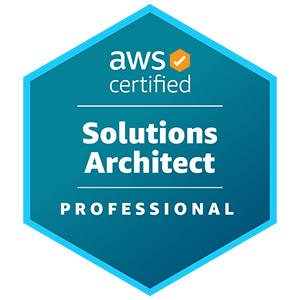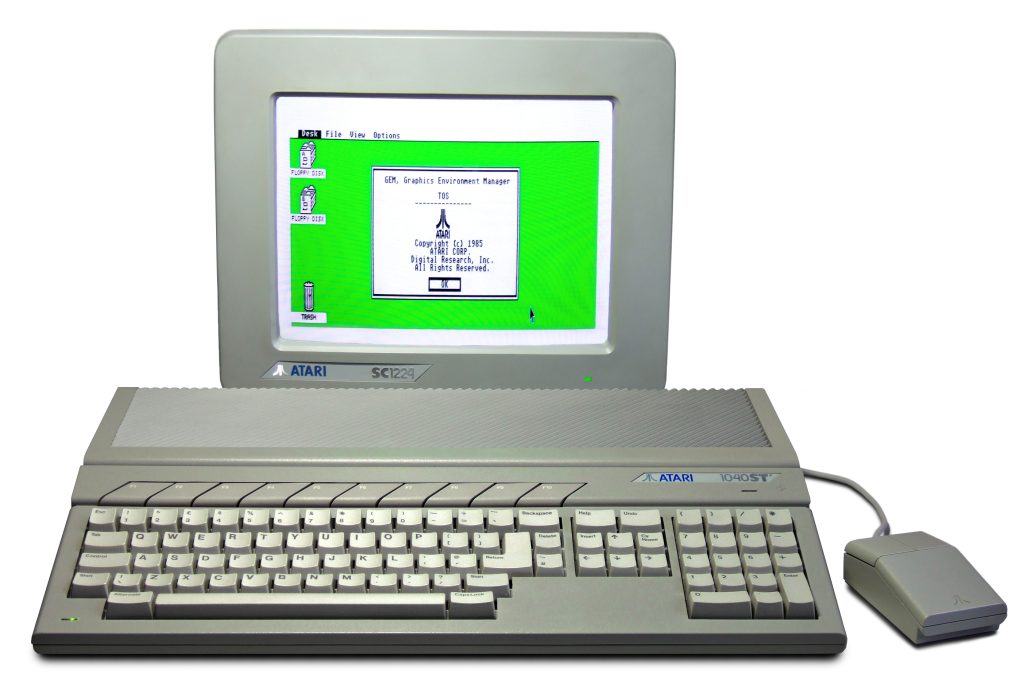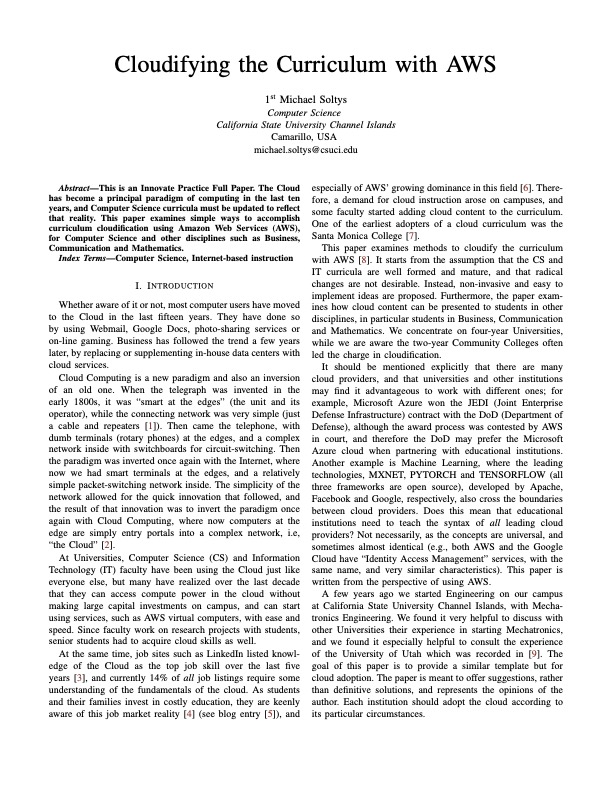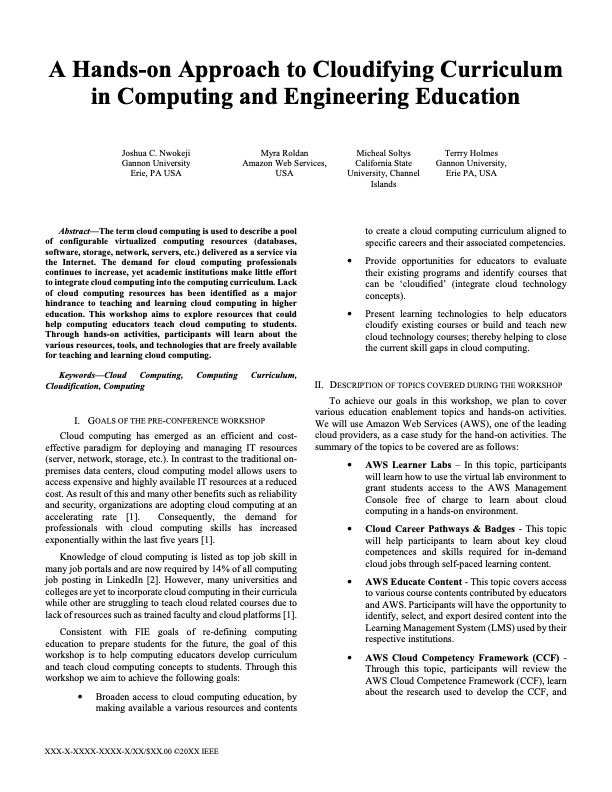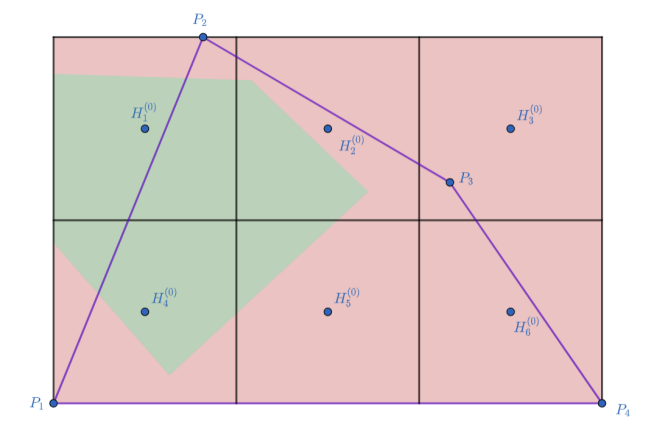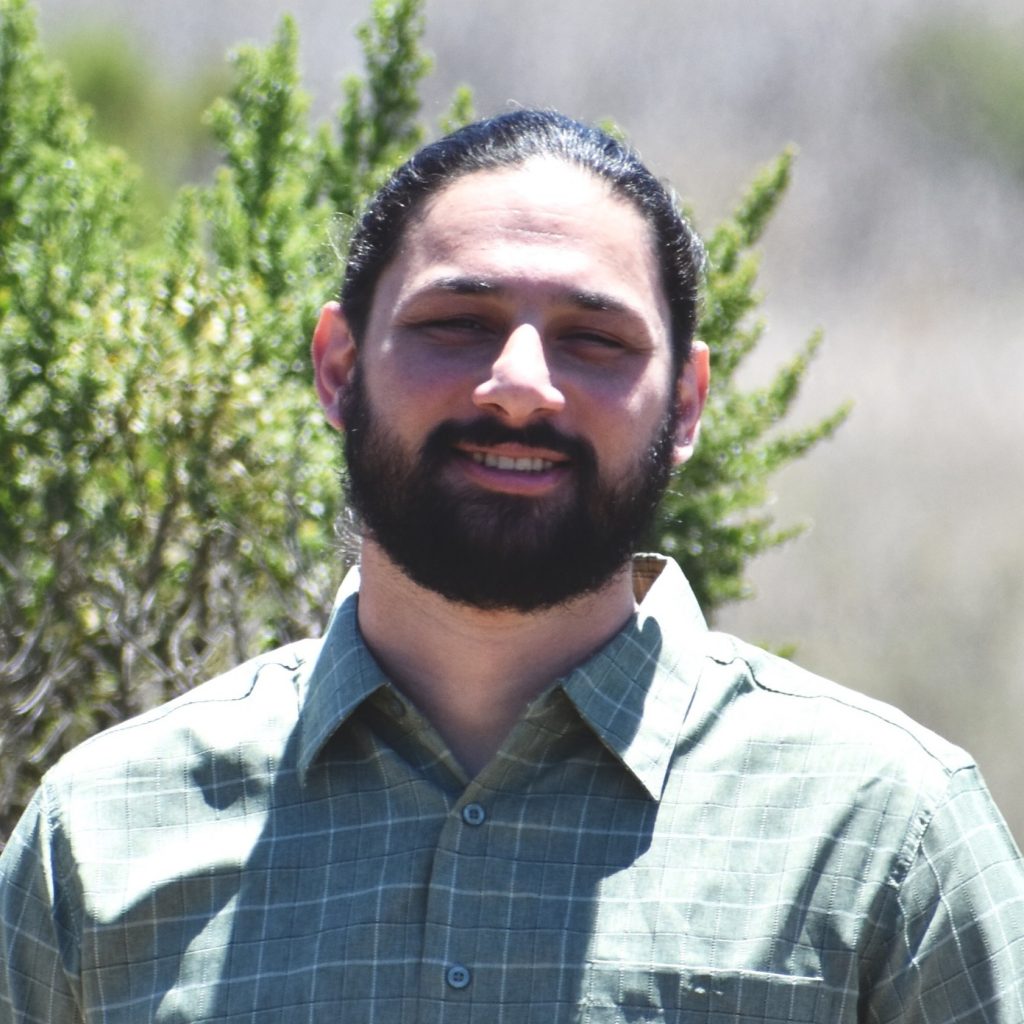If you have some driving to do, I recommend 4 great podcasts that cover fun and important developments in computer science. The first two are interviews with creators of programming languages; the last two, with creators of communication environments:
- Brendan Eich, the creator of JavaScript
- David Heinemeier Hansson, the creator of Ruby on Rails
- Matt Mullenweg, the creator of WordPress
- Jason Citron, the creator of Discord
Brendan Eich is the creator of JavaScript and co-founder of Mozilla and Brave. During the interview, Brendan Eich mentions a great short classic article: The Rise of Worse is Better, by Richard P. Gabriel, written in 1991, and very relevant today for anyone who programs.
In this episode of ACM ByteCast, Rashmi Mohan hosts David Heinemeier Hansson, cofounder and CTO of Basecamp. In addition to his work on this popular project management application, he is also the creator of the open-source web framework Ruby on Rails, used by some of the best-known technology companies, such as Twitter, Shopify, GitHub, Airbnb, and Square, and more than a million other web applications. He is also a prolific author of multiple bestselling books on building and running a successful business, as well as a Le Mans class-winning racecar driver.
David recounts discovering Ruby in the early 2000s and using it to create Basecamp, work which spawned Ruby on Rails. He dives into the process of creating Basecamp, whose aim was to solve the problem of communication with clients, as well as building a self-sustaining community with Ruby on Rails. He also explains his personal approach to open-source software, one of his passions. David also looks back on lessons he learned in business school—including the marketing aspect of technology—and how he applied these lessons to building his own business. He also reveals his experience with remote work and what he’s most excited about for the future.
Matt Mullenweg turned his early passion for blogging into a flourishing business and an unshakeable idea: that users should be able to share and tweak the code that powers their websites, and that most of those tools should be free to use. As far back as college, Matt was collaborating with far-flung fellow-coders to make blogging less clunky and more elegant and intuitive. Around 2005, he pitched the idea for WordPress.com to his bosses at CNET, but they turned him down, so he launched the idea on his own, eventually tucking the service into a nascent umbrella company called Automattic. Today—after many twists and turns—the company has nearly 2000 employees and a valuation of $7 billion; and WordPress powers more than 40% of the websites on the internet.
During his early career, Jason Citron stepped away from two stalled businesses and pivoted—twice—to something far more successful. The second time he did it, he created one of the most popular social media platforms in the world. It started at age 13 when Jason had a “holy crap” moment, discovering he could make his own video games. His first video game company morphed into a social platform for gamers, and after he sold it, he couldn’t resist launching another. When that business failed to get traction, he again re-imagined it as a digital space for gamers to gather, and in 2015, Discord was born. Today, the platform has 150 million monthly users, and is a gathering place not just for gamers, but for anyone who wants to connect with friends.
